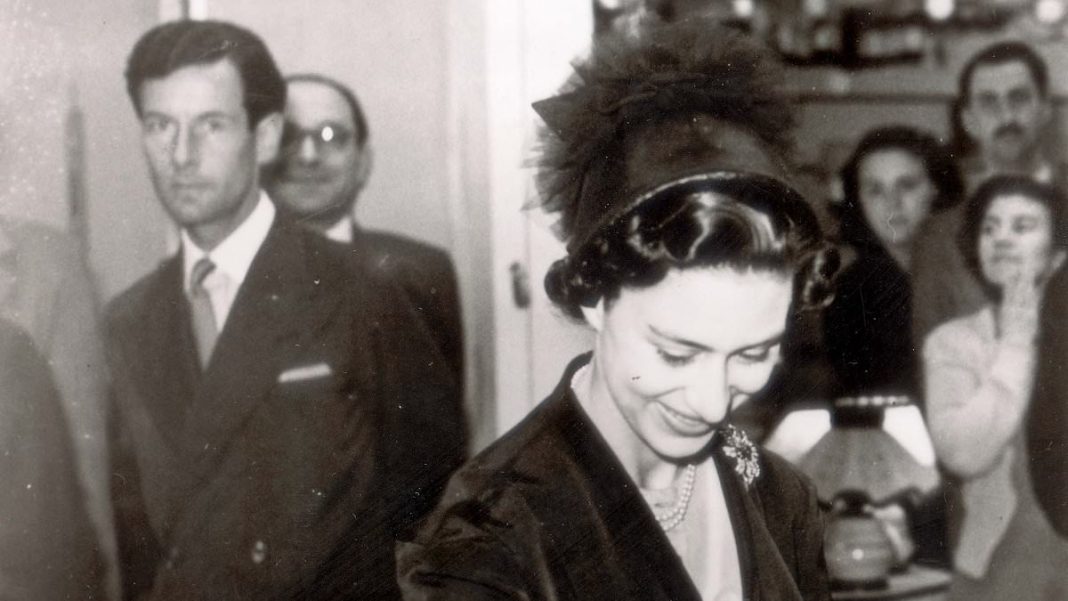Scientists discover the most attractive part of a woman’s bottom,
The quest for a plump derrière has never been more popular — thanks to celebrities like Kim Kardashian and Cardi B frequently flaunting their ample assets.
And now experts have pinpointed exactly what it is about the behind that makes it so attractive to a romantic interest. And it’s not necessarily size.
An intriguing study by a team of European scientists has found that, contrary to popular belief, it’s not the combination of large buttocks and a tiny waist that we are most drawn to.
In fact, both men and women are most fixated on the gap between the buttocks, known medically as the intergluteal cleft.
The experts came to this conclusion after tracking the eye movements of volunteers who were flashed a series of images of women’s backsides from different angles.
Data was then analysed to find out not only which areas of the buttocks drew the most attention, but how long people lingered on specific areas of a behind.
The findings come amid an explosion in demand for bottom-enhancing procedures, like filler and the deadly Brazilian Butt Lift operation.
The number of people undergoing the risky surgery worldwide has increased by 20 per cent over the last five years, according to data from The International Society of Aesthetic Plastic Surgery (ISAPS).
In the experiment, a team of European experts recruited 67 heterosexual people, of which about 60 per cent were women, and showed them images of seven female bottoms.
Each was presented at five different angles, from the side, on a slight axis, and also from a direct ‘front-on’ perspective.
During this process a special camera monitored the volunteers’ eye movements tracking the areas of the derrieres they looked at first, and for how long.
Results showed that the intergluteal cleft (often referred to as the ‘crack’) was not only the area both men and women looked at first but also where they lingered the longest.
Men and women alike homed in on the bum crack in about one second and then lingered there for a second longer, the fastest and longest periods of any area respectively.
In contrast, the ‘thigh gap’, the space between the inner thighs of some women, looked at last and the least.
Men and women lingered at this area for less than 0.2 seconds.
Writing in the journal, Aesthetic Plastic Surgery, the authors said their findings could be explained by a biological imperative.
‘Biologically, humans may be programmed to notice specific physical attributes that historically signified reproductive fitness,’ they wrote.
The added that the results ran counter to previous research that suggested males were most attracted to the combination of narrow female waist and large buttocks.
‘In numerous studies, this ratio has been highlighted as a key element of female attractiveness from a male perspective, primarily due to its potential associations with reproductive health,’ they wrote.
But in contrast the study found these areas seemed to have no special significance for men.
‘This unexpected finding challenges long-standing assumptions and underscores the complexity and multifaceted nature of human attraction,’ they wrote.
They added: ‘It might also hint at the evolving nature of attraction metrics in contemporary society, where other factors might be overshadowing traditional evolutionary cues.’
The authors said their findings have implications for cosmetic surgery targeting improving the appearance of buttocks.
‘When assessing the buttocks, it is essential to adopt a holistic approach that emphasizes the importance of the intergluteal cleft and the lower sections,’ they wrote.
The authors did note their study had several limitations, most obviously the small number of participants and said further research should look at replicating their work in larger and more diverse groups.
They added another factor to consider is that the images displayed buttocks in underwear which could have potentially drawn the eye and influenced the results.









